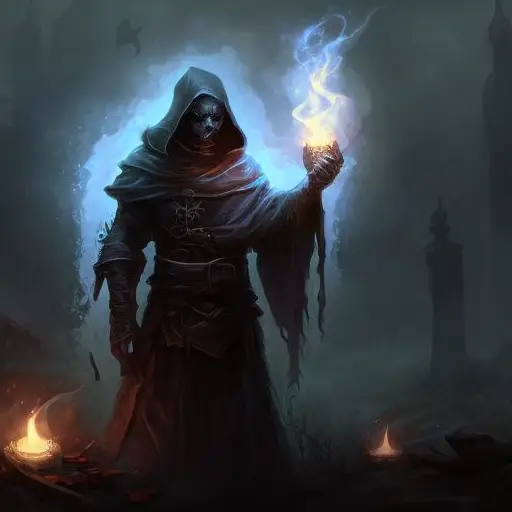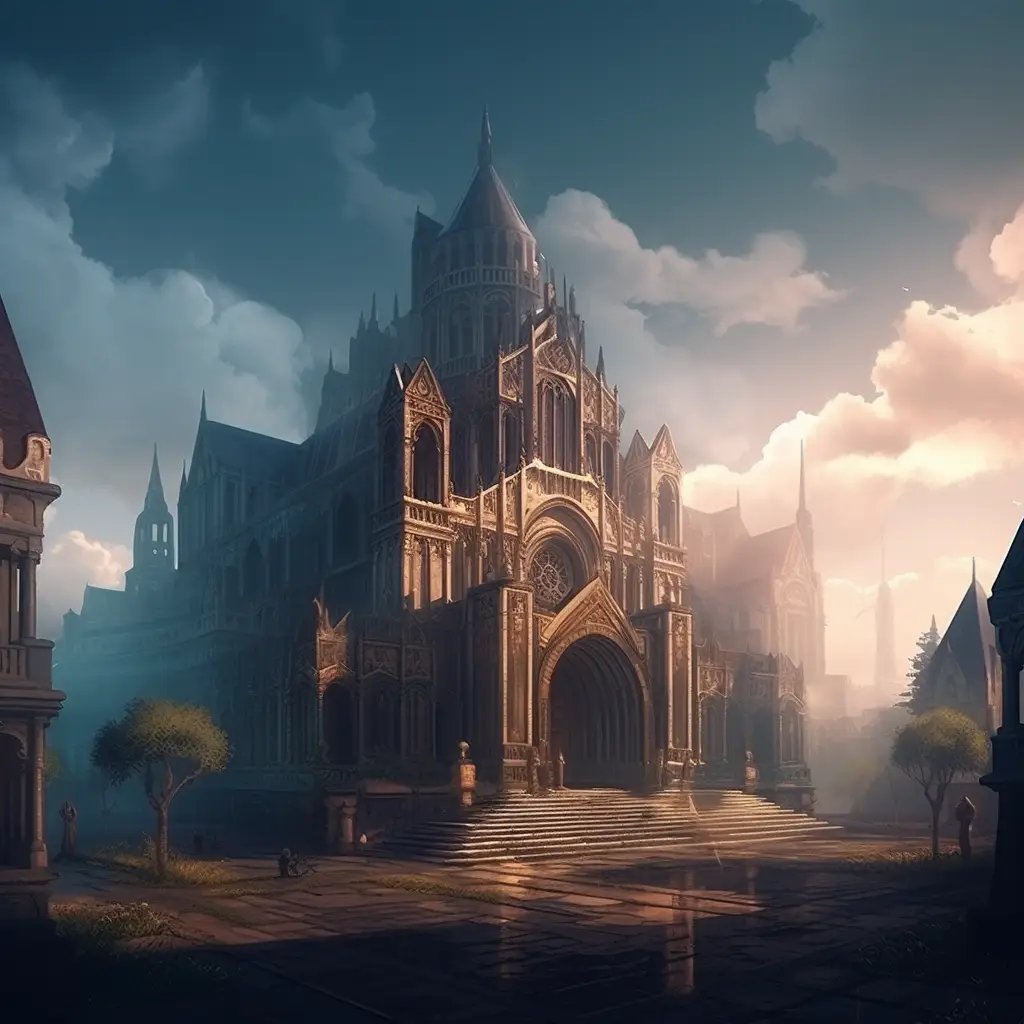
Alkemion's Gazette
Morlauf City, Ductaris - In a world where dark magic is often shrouded in fear and condemnation, the goddess Zaartisa takes a refreshingly balanced stance on the controversial practice of necromancy. As the deity responsible for both life and death, Zaartisa offers a unique perspective on the resurrection of the deceased, highlighting its potential benefits beyond its customary vilification. In this profile, we delve into Zaartisa's beliefs and explore the moral and ethical considerations surrounding necromancy within her domain.
The origins of Zaartisa's influence lie in the ancient traditions of Morlauf, where her presence has long been revered. As the goddess of life and death, her followers believe that she oversees the cycle of existence, guiding souls to their final resting place while also maintaining the delicate balance between mortality and eternity. Scholars and theologians attribute Zaartisa's inclusive approach to her understanding of the interconnectedness of all aspects of life.
The goddess challenges the prevalent notion that necromancy is inherently evil. Instead, she promotes a more nuanced approach, recognizing the potential benefits it can bring. Necromancy, when wielded responsibly and with reverence, affords the opportunity to seek wisdom from those who have departed. From advice on political matters to ancestral knowledge and historical insights, Zaartisa encourages practitioners to harness the powers of the dead in a manner that serves the greater good.
However, Zaartisa does not advocate for unrestricted and careless use of necromantic arts. She emphasizes the importance of respecting the boundaries between life and death, warning against the pursuit of immortality or the manipulation of souls against their will. Her teachings stress the necessity of consent and ethical considerations when interacting with the deceased, ensuring that their agency and dignity are upheld, even in death.
Zaartisa's followers, known as the Order of Elysium, adhere to a code of conduct that reflects the goddess's teachings. The Order consists of necromancers, priests, and scholars who dedicate themselves to the pursuit of knowledge and understanding in the realm of life and death. With their guidance, practitioners of necromancy are encouraged to approach their craft with humility, empathy, and an unwavering commitment to the preservation of the natural order.
As the goddess of life and death, Zaartisa's balanced approach to necromancy challenges the prevailing prejudices of society. By acknowledging its potential benefits and promoting responsible use, she seeks to bridge the gap between life and death, fostering a deeper understanding and appreciation of the mysteries that lie beyond the mortal veil.
In a world where the shadows of forbidden magic loom large, Zaartisa's teachings illuminate a path towards a more harmonious coexistence between the realms of life and death. As the followers of this enigmatic goddess continue to navigate the ethical complexities of necromantic arts, the debate surrounding their practice remains a subject of fervent discussion within the realm of morality and ethics in this magical world.
*Editor's Note: The opinions expressed in this article are solely those of the author and do not necessarily reflect the views of Alkemion's Gazette or its editorial board.








